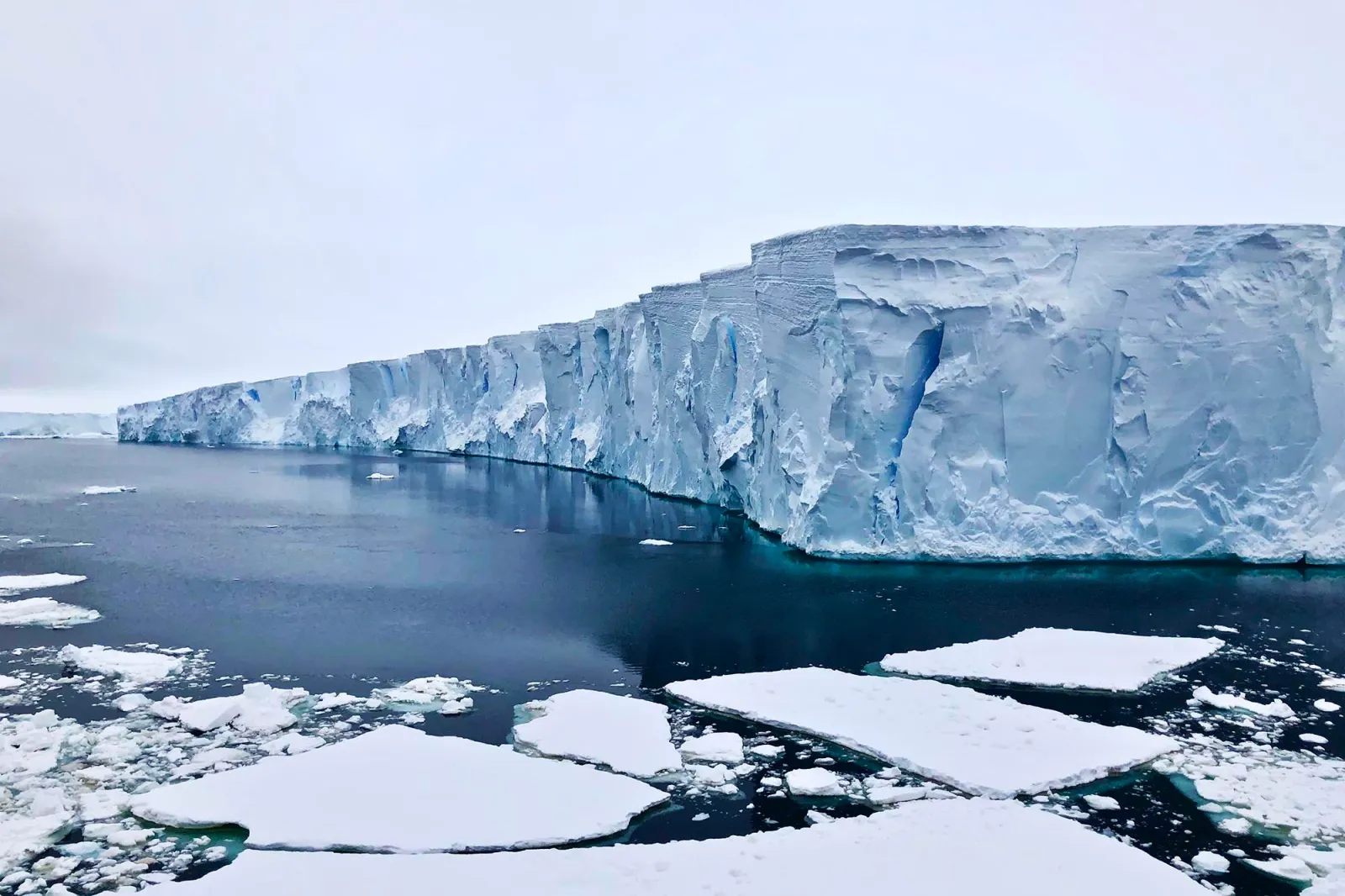Scientists studying Antarctica’s Thwaites Glacier, often referred to as the “Doomsday Glacier,” have uncovered troubling signs that it is melting at an accelerating pace and may be on a path of irreversible collapse. This could have devastating implications for global sea levels. The glacier holds enough ice to raise sea levels by over 2 feet, but its collapse could trigger a much larger increase, potentially up to 10 feet, due to its role as a barrier for the vast Antarctic Ice Sheet. Such a rise in sea levels would threaten coastal communities worldwide, from Miami to the Pacific Islands.
Over the past six years, researchers from the International Thwaites Glacier Collaboration (ITGC) have used cutting-edge technology, including underwater robots like Icefin, to study the glacier’s vulnerabilities. Their findings, described as “grim,” suggest that the glacier is melting faster than previously understood, with warm ocean waters eroding the ice through deep cracks and formations. These mechanisms are contributing to rapid ice loss and could lead to the glacier’s collapse within 200 years.
Though there are some positive signs — like a lower-than-expected risk of towering ice cliffs collapsing rapidly into the ocean — the overall outlook remains dire. The research also revealed that Thwaites began retreating as early as the 1940s, possibly triggered by a strong El Niño event. Despite progress in understanding the glacier, scientists are still unsure if its retreat is now unstoppable, with many fearing that the glacier’s collapse could be inevitable even if humanity reduces carbon emissions.
The study’s conclusion: urgent action is needed, but the future of Thwaites and its global impact remains uncertain.


















